Good News! 6 Positive Environmental Stories from February 2023

Get news, updates, & event Info delivered right to your inbox:
6 Good Environmental News Stories from the Past Month that will Make You Smile
Valentine’s Day may be over, but our love for the environment is bigger than ever! With February now drawing to a close, we want to take some time to celebrate the great things that happened this month. 2023 is shaping up to be a big year for the environment, and we want to ensure that you savor every moment of goodness!
From growing tree cover in cities to zero-waste stadiums, let’s celebrate every win together! So, snuggle up with a loved one and some leftover Valentine’s Day chocolate as we dive into the latest Good Nature News!
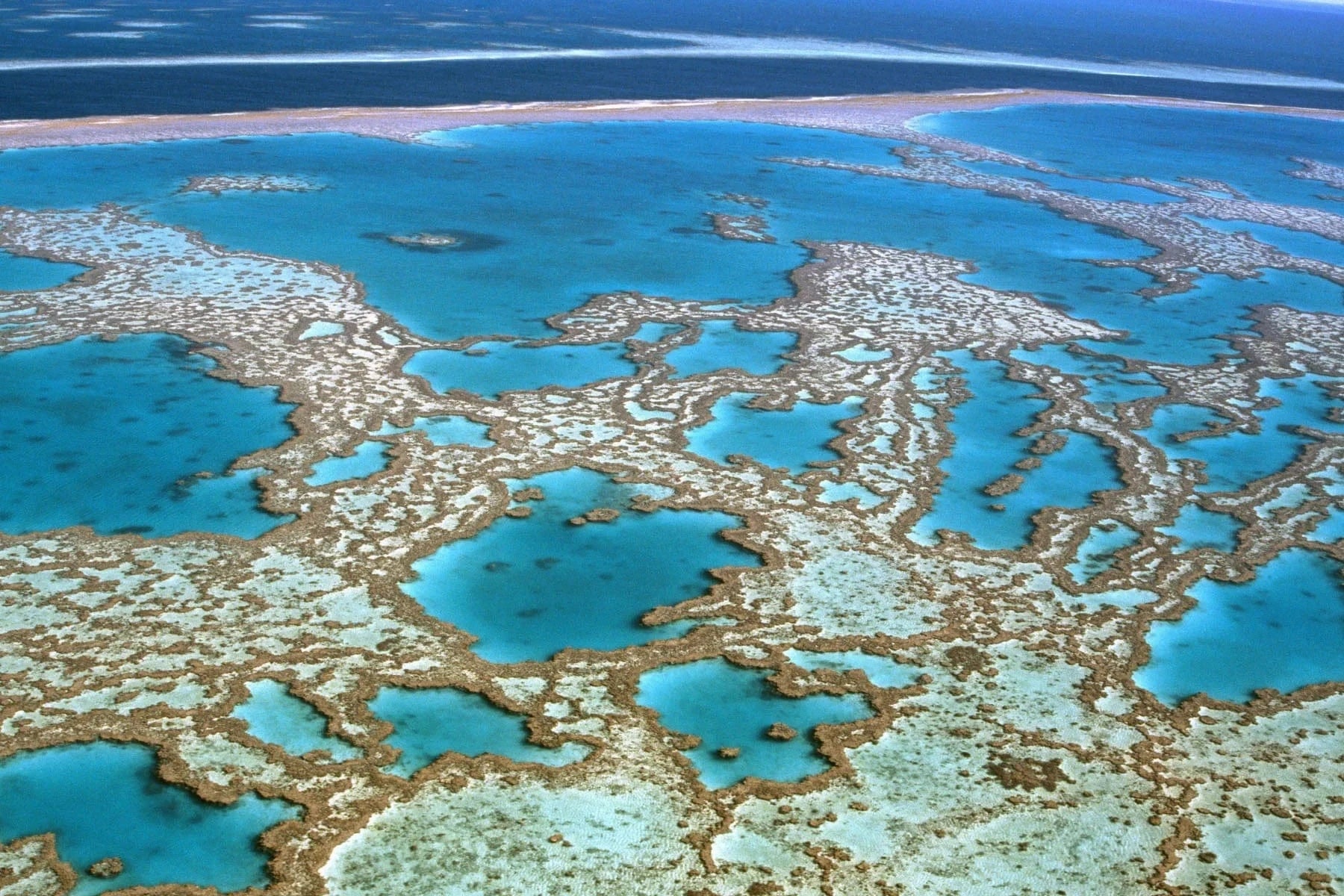
Australia Protects Great Barier Reef from Coal Mine
The Australian government has declined to grant permission for a proposed coal mine that would have gone in 10km from the Great Barrier Reef — for those of you on the imperial system of measurement, that’s just a little over 6 miles! The decision was made to protect the world’s largest coral reef system from further damage and pollution. The Reef is the world’s most complex ecosystem, and it plays a vital role in protecting coastlines, provides a home to thousands of marine species, and more.
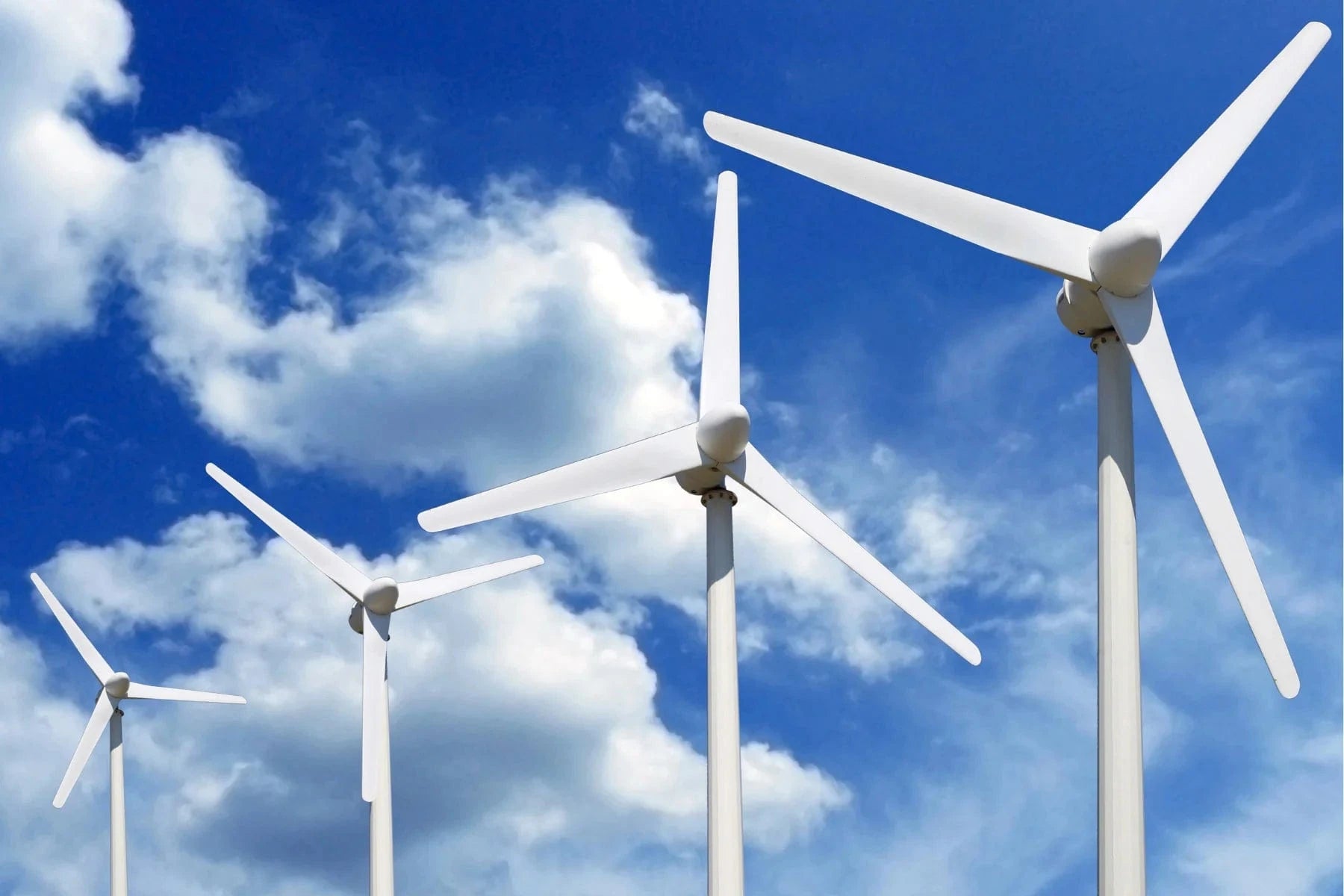
Renewable Energy is On The Rise
Renewable energy is a hot topic in the environmental sphere. We are constantly trying to figure out how to incorporate renewable energy into our everyday lives. But here’s the good news: it is projected that renewable energy will be the world’s #1 energy source by 2025! Today, coal is the top energy source, followed by renewables and gas. However, all of this will change in the coming years as renewable energy takes over and gets us that much closer to clean energy!
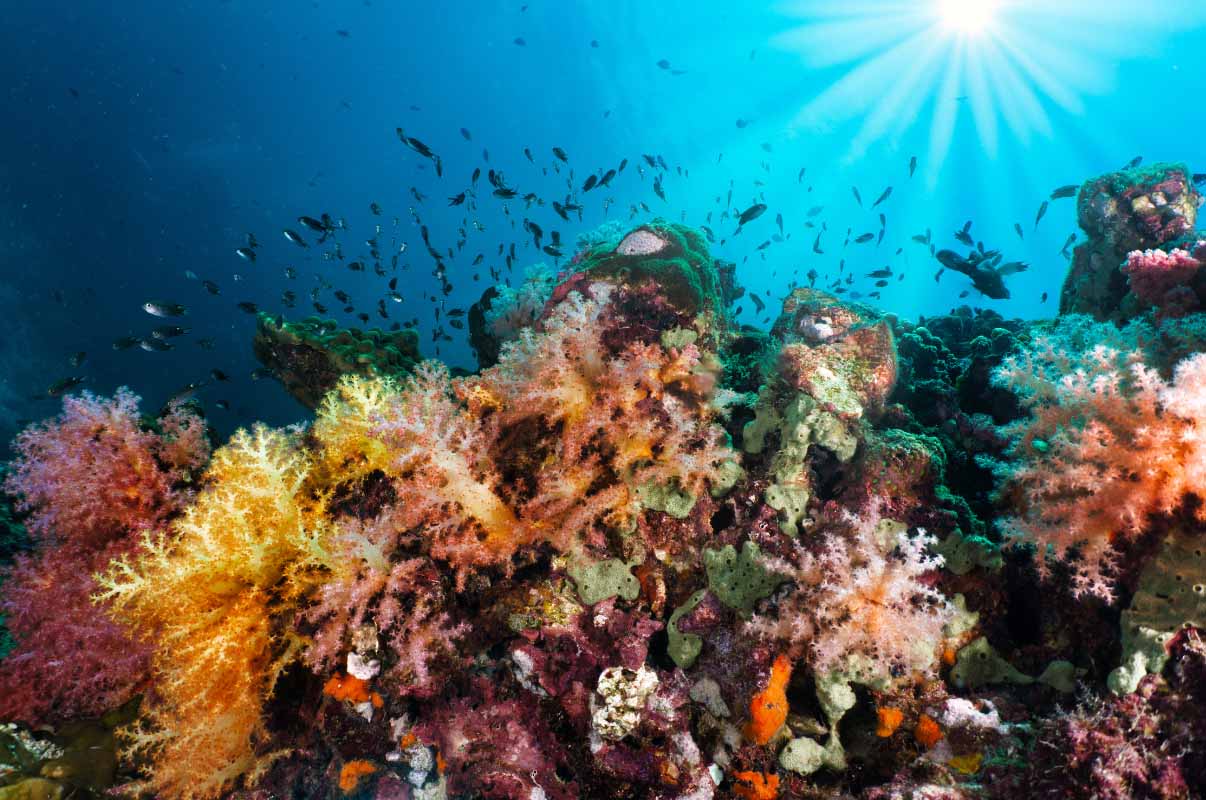
Coral Reef Survival Chances Increase
Scientists believe that the heat tolerance of coral reefs is increasing, which may be good news for the long-term survival of these delicate ecosystems. Because of this, scientists are now estimating that reefs in the eastern tropical Pacific ocean will possibly survive into the 2060s. Reducing greenhouse gases is still needed to protect these essential ecosystems, but their ability to adapt is an optimistic sign.
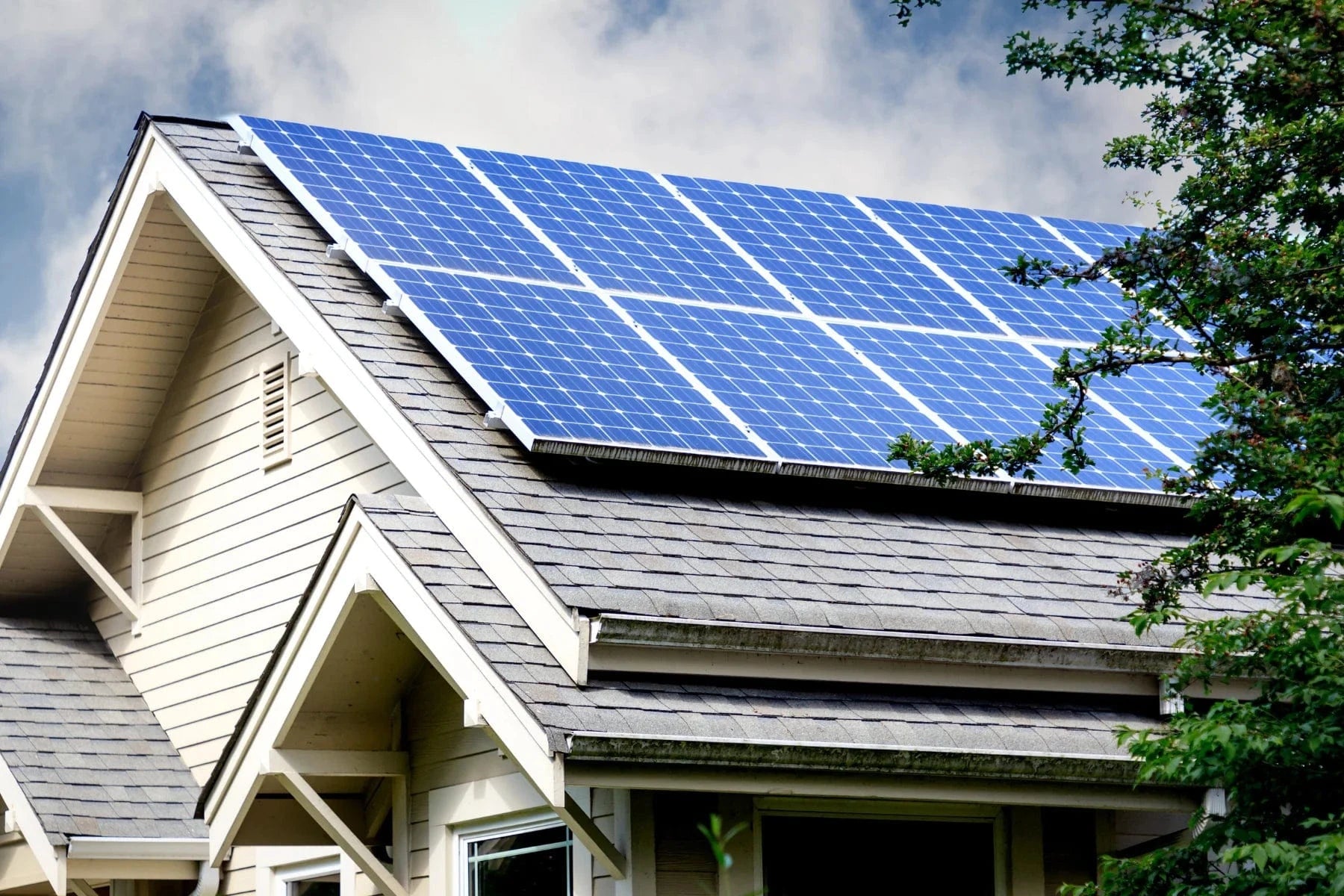
Solar Panels Could Make Apartment Living Cheaper
Not only are solar panels better for the environment, but it turns out they also may be good for your wallet! In Wales, the world’s first solar system connects an array of apartment buildings to the same rooftop panels. This technology allows solar energy to be shared across multiple homes in one building. Thanks to this system, residents will save 50 percent of their electricity bill. This project proves that energy efficiency can help us deal with the climate crisis and help reduce the cost of living at the same time.
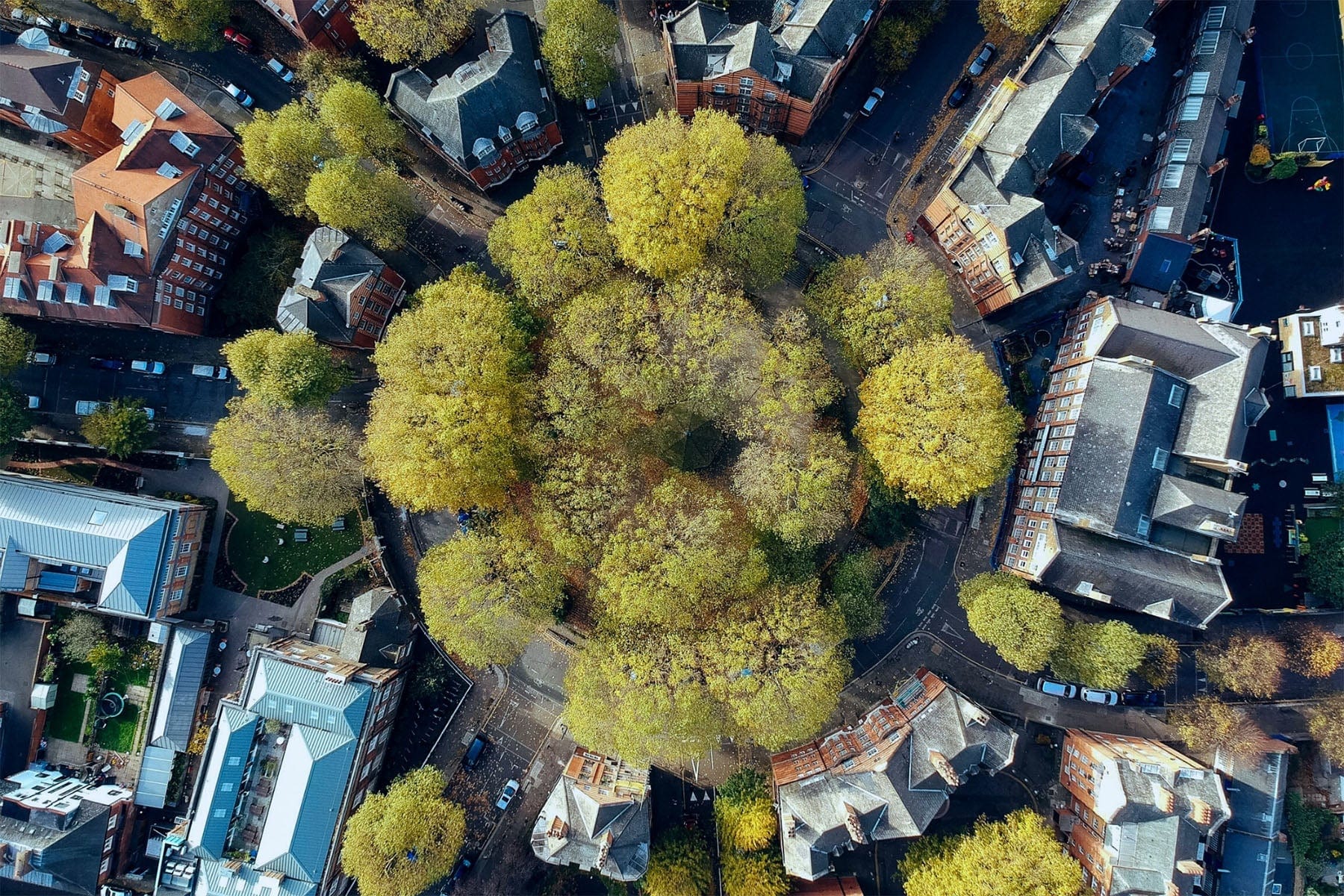
Planting Trees in the City Can Lower Temperatures
At One Tree Planted, there isn’t anything we love more than trees, but cities love trees just as much as we do! Cities experience what is known as the urban heat island effect, meaning that they experience higher temperatures for longer than rural areas do. With so much happening in cities, it’s no wonder they can get so hot. But there’s still hope! Planting trees in cities can help reduce temperatures and prevent heat-related deaths. From providing shade and moisture to deflecting the sun’s rays, and absorbing carbon, planting trees is the perfect way to reduce temperatures in major cities.
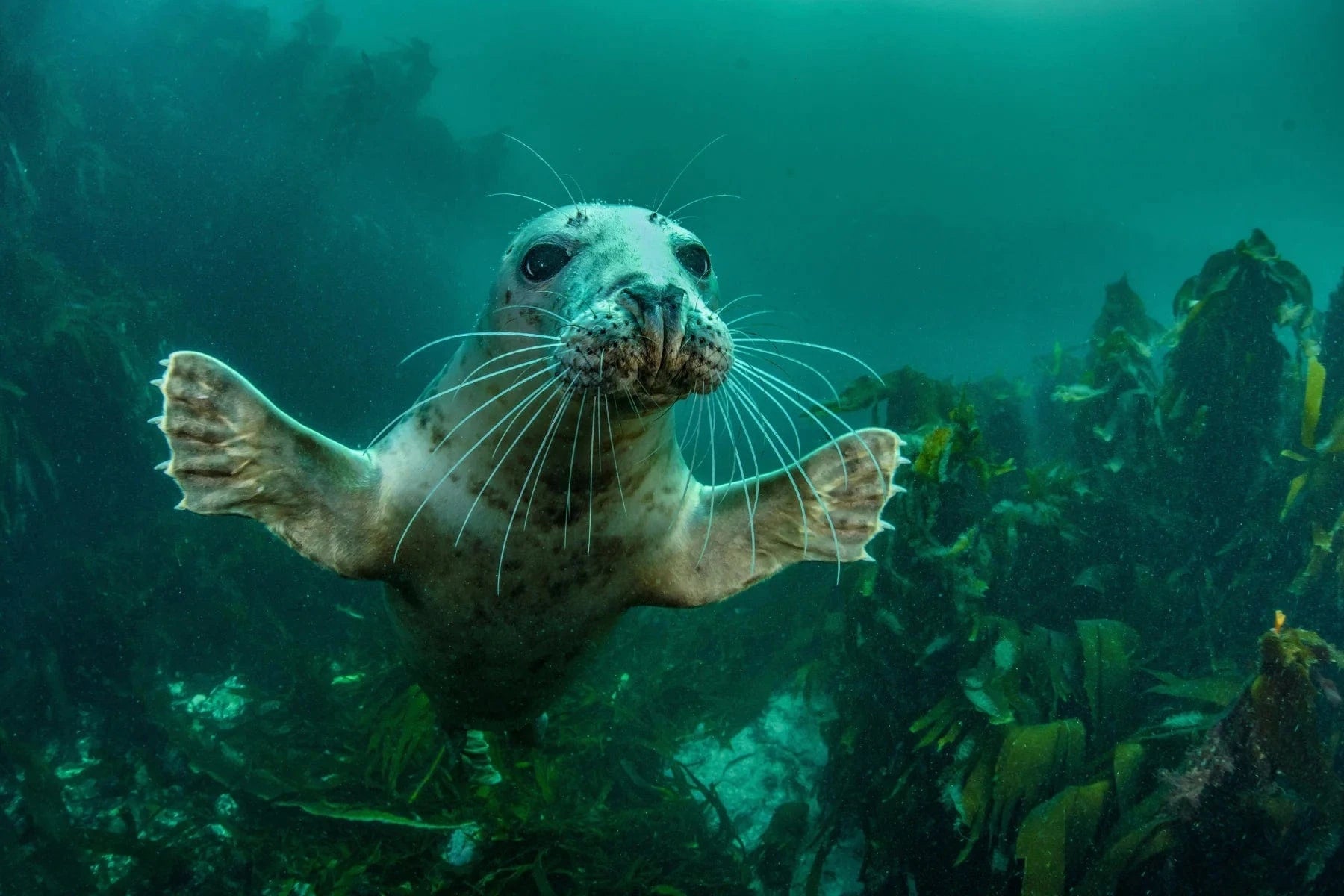
Baby Seals Spotted In Record Numbers
Let’s face it. There aren’t many things in this world that are cuter than baby seals. Fortunately, experts say that baby seals are being born in record numbers on the coast of Norfolk. The number of baby seals has doubled since the winter of 2019-2020. Not only does this mean that there will be more cute baby seals to enjoy, but it also means that despite climate change impacts on fishery stocks, adult seals remain healthy enough to breed.
We hope you enjoyed reading February’s good news stories as much as we enjoyed featuring them! Remember, you can make a positive impact globally by planting trees!
Get news, updates, & event Info delivered right to your inbox:
Related Posts
9 Sustainable New Years Resolutions
18/12/2025 by Meaghan Weeden
Inspirational Quotes About Trees
16/12/2025 by Meaghan Weeden
The 9 Oldest, Tallest, and Biggest Trees in the World
11/12/2025 by One Tree Planted
Popular On One Tree Planted
Inspirational Quotes About Trees
16/12/2025 by Meaghan Weeden
The 9 Oldest, Tallest, and Biggest Trees in the World
11/12/2025 by One Tree Planted
What Causes Deforestation?
10/07/2025 by Meaghan Weeden
Fundraising Disclosures

Be Part of the
Restoration Movement
The Grove is more than just a monthly giving program: it's a vibrant community of individuals who are dedicated to reforestation and environmental restoration on a global scale.
As a member of The Grove, you affirm your commitment to restoring forests, nurturing biodiversity, and fostering positive global change.



